Molecular Biology
1/15
There's no tags or description
Looks like no tags are added yet.
Name | Mastery | Learn | Test | Matching | Spaced |
|---|
No study sessions yet.
16 Terms
Which nitrogenous bases are pyrimidines? (“CUT the Py”)
(Cytosine, Uracil, Thymine are PYrimidines)
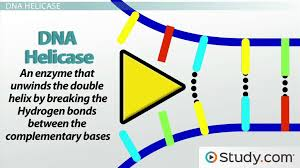
What is the role of helicase during DNA replication?
Helicase is the enzyme that unwinds and separates the two strands of the DNA double helix at the replication fork.
What is the role of DNA ligase in DNA replication?
DNA ligase is an enzyme that joins two DNA fragments by forming a phosphodiester bond between their sugar-phosphate backbones.
What does primase do during DNA replication?
Primase is an enzyme that synthesizes a short RNA primer at the start of DNA replication.
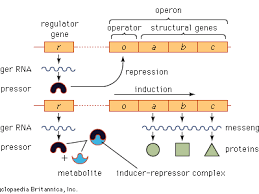
What is an operon? (“OPERON = OPERATOR + genes turned ON or OFF”)
An operon is a cluster of functionally related genes that are controlled together by a single promoter and regulated as a unit—mostly in prokaryotes.
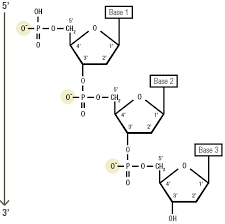
Is DNA negatively or positively charged and why?
DNA is negatively charged due to its phosphate backbone.
🔋 Each phosphate group (PO₄³⁻) in the sugar-phosphate backbone carries a negative charge, giving the entire molecule a net negative charge.
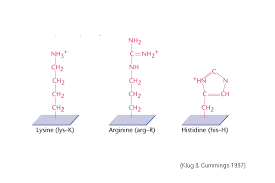
Which amino acids are positively charged at physiological pH?
“HAL is basically positive”
Histidine
Arginine
Lysine
🔹 These amino acids have basic side chains that carry a positive charge
What are base recognition sites in molecular biology?
“Restriction enzymes Recognize Regular Repeat Regions”
Base recognition sites are specific DNA sequences recognized by proteins or enzymes (e.g., restriction enzymes, transcription factors).
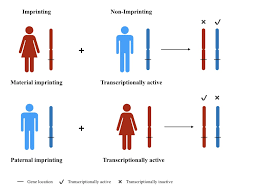
What is an imprinted gene?
“Imprinted genes: One parent’s voice, the other is silent.”
An imprinted gene is a gene whose expression depends on the parent it was inherited from due to epigenetic marks (like DNA methylation).
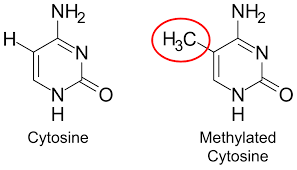
What is DNA methylation and what role does it play? (“Methylation = Mute button for genes”)
DNA methylation is an epigenetic modification where a methyl group (-CH₃) is added to the 5-carbon of cytosine bases in DNA, usually in CpG islands.
Regulates gene expression by silencing genes when methylated
What are the differences between X-linked and Y-linked genes?
“X = eXtra common in males; Y = Y chromosome, Father to Son only.”
What is epigenetics?
💡 “Epi = Above; genetics = genes — Control above the genes.”
Epigenetics refers to heritable changes in gene expression that do not involve changes to the underlying DNA sequence.
Examples of epigenetic processes (“M H N I X”)
(Methylation, Histones, Non-coding RNAs, Imprinting, X-inactivation)
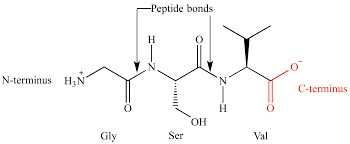
What is the C-terminus of a protein?
The C-terminus (carboxyl-terminus) is the end of a protein or polypeptide chain that has a free carboxyl group (-COOH).
How do protein chains grow during protein synthesis?
Protein chains grow by adding amino acids to the C-terminus (carboxyl end) of the polypeptide.
The ribosome catalyzes the formation of peptide bonds between the amino group (N-terminus) of the incoming amino acid and the carboxyl group (C-terminus) of the growing chain.
This means the chain elongates from the N-terminus toward the C-terminus.
How do RNA viruses replicate their genetic material? ("Reverse it to replicate it!")
Some RNA viruses, especially retroviruses, use an enzyme called reverse transcriptase to convert their RNA genome into DNA.
This DNA is then integrated into the host cell’s genome
The host machinery is used to transcribe and translate viral proteins
RNA → DNA → mRNA → Protein